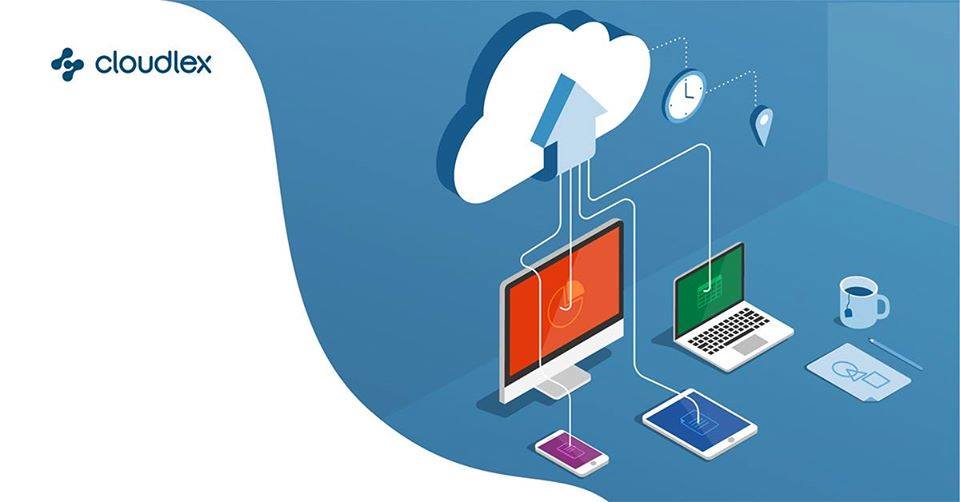Congrats on your personal injury firm’s decision to make your home in the cloud! Migrating to cloud-based legal software is like moving from an outdated and cramped studio apartment to a spacious mansion with all the modern amenities—a big-time upgrade. While migrating to the Legal Cloud® is normally a painless process, any type of move is a big deal—just like you wouldn’t throw your valuables in the trunk when you switch homes, your firm shouldn’t transfer your valuable data without a proper plan in place.
But don’t fret…we’re here to show you how to box up your personal injury law firm and move it to the cloud without a hitch—so you never have to see Bankers Boxes again…and you won’t even have to buy us beer and pizza for helping you with the move.
But wait…where is the cloud?
CloudLex is the only address you need. CloudLex is the next-gen Legal Cloud® designed exclusively for personal injury attorneys—a comprehensive suite of innovative applications (like; matter manager and digital archiver etc) that can help you build, manage and grow your PI practice from anywhere. While we encourage you to check out our other blogs detailing the virtues of switching to CloudLex’s practice management solution, we’re also biased; so why don’t you listen to what your peers—who have already made CloudLex the most popular cloud destination for PI attorneys—have to say instead?
Now that the heavy lifting is out of the way…how do I get to the cloud?
Migrating over to cloud based personal injury case management software is a simple process if you want it to be—it involves 3 steps (but no stairs): 1) preparation; 2) execution; and 3) “is everything cool?” Let’s unpack these steps one by one below with our “Migration Checklist”:
1) Prepare for your migration:
This is the most important step of your move—the more effort you put in here, the fewer headaches you’ll have to deal with later. Think of it like this: you’re bubble wrapping your data so your firm’s not left in pieces after your move.
- Work Backwards: Migrate your non-critical matters (and their records) first. Just like you wouldn’t move your bed the first day of a gradual move, you shouldn’t move your urgent cases right away—get the hang of things so you can deal with unforeseeable hiccups while the stakes are low.
- Educate Your Team: Your team’s not only coming with you, but they’ll also be helping with the move—that’s why it’s important to inform everyone about your new cloud tech and the migration process before you get going.
- Safeguard Your Data: Before you back up the moving truck, make sure you back up your data—it’s an added precaution and it ensures your PI firm never skips a beat.
2) Execute your migration:
If you took planning seriously, your move should be easy; but that’s not to say your work is done—it’s time to make your new residence in the cloud a home by filling it with your data…be careful not to forget anything, because you’re not going back.
- Move that Data: This is the main event. You should figure out how you’re going to migrate your data in the planning stage. Just like moving homes, how long it will take and how much help you need depends on how much stuff you have. With a small database, you can copy your data over an internet connection; but with large amounts of data, you need to either compress your data first or give your cloud vendor’s migration experts remote access to transfer the data so it doesn’t take forever.
- Keep it Secure: One of the main advantages of cloud-based personal injury software (or at least CloudLex) is that it’s very secure; so—just like you wouldn’t hire a demolition derby to move your vases—you want to make sure that any technique or temporary storage device you’re using to migrate your data or legal files keeps your data safe and sound during transfer.
3) Test your migration (AKA “is everything cool?”):
You’re in the home stretch, but you’re not done yet. Just like you wouldn’t forget to check if your TV made it to a new house, you need to ensure all your data has made it to its new residence.
While your cloud vendor will run a check to make sure everything’s there, you know your data best. Ask yourself: 1) Have all my matters transferred over? 2) Are all case records (e.g., documents, contacts, tasks, calendars) present? 3) Do my team members have the access they need?
And while you’re at it, make sure you get access to our next-gen cloud-based legal practice management software—migrate over and sign up for a free demo. Our experienced team can make your move a near-turnkey experience.
And our state-of-the-art migration technology will eliminate any issues you might run into while transferring—so you can start enjoying your new home in the cloud and get back to doing what you do best…practicing law.

